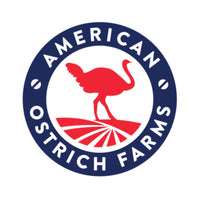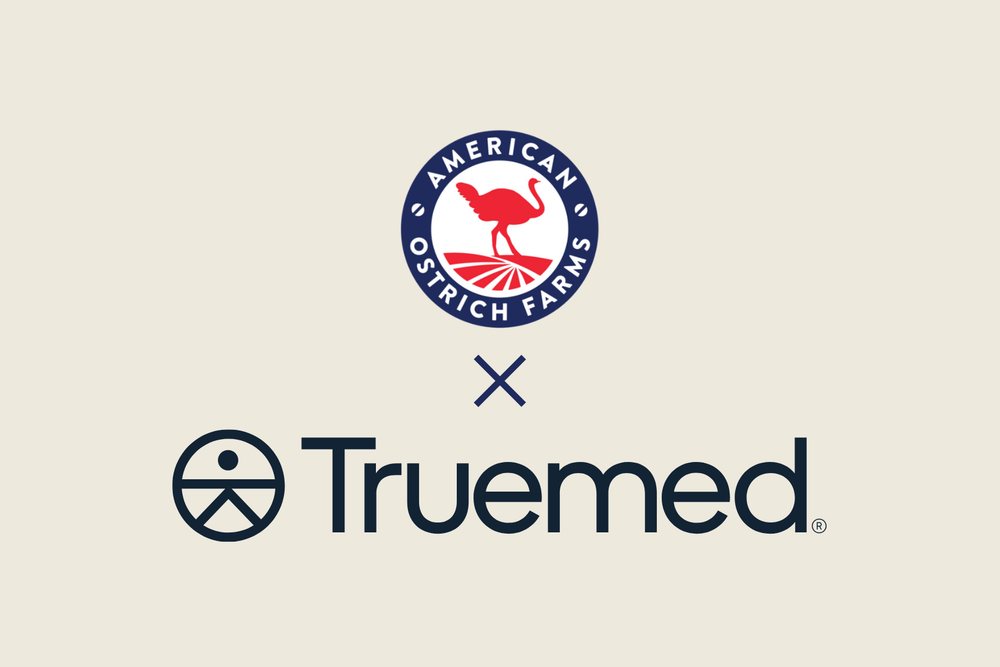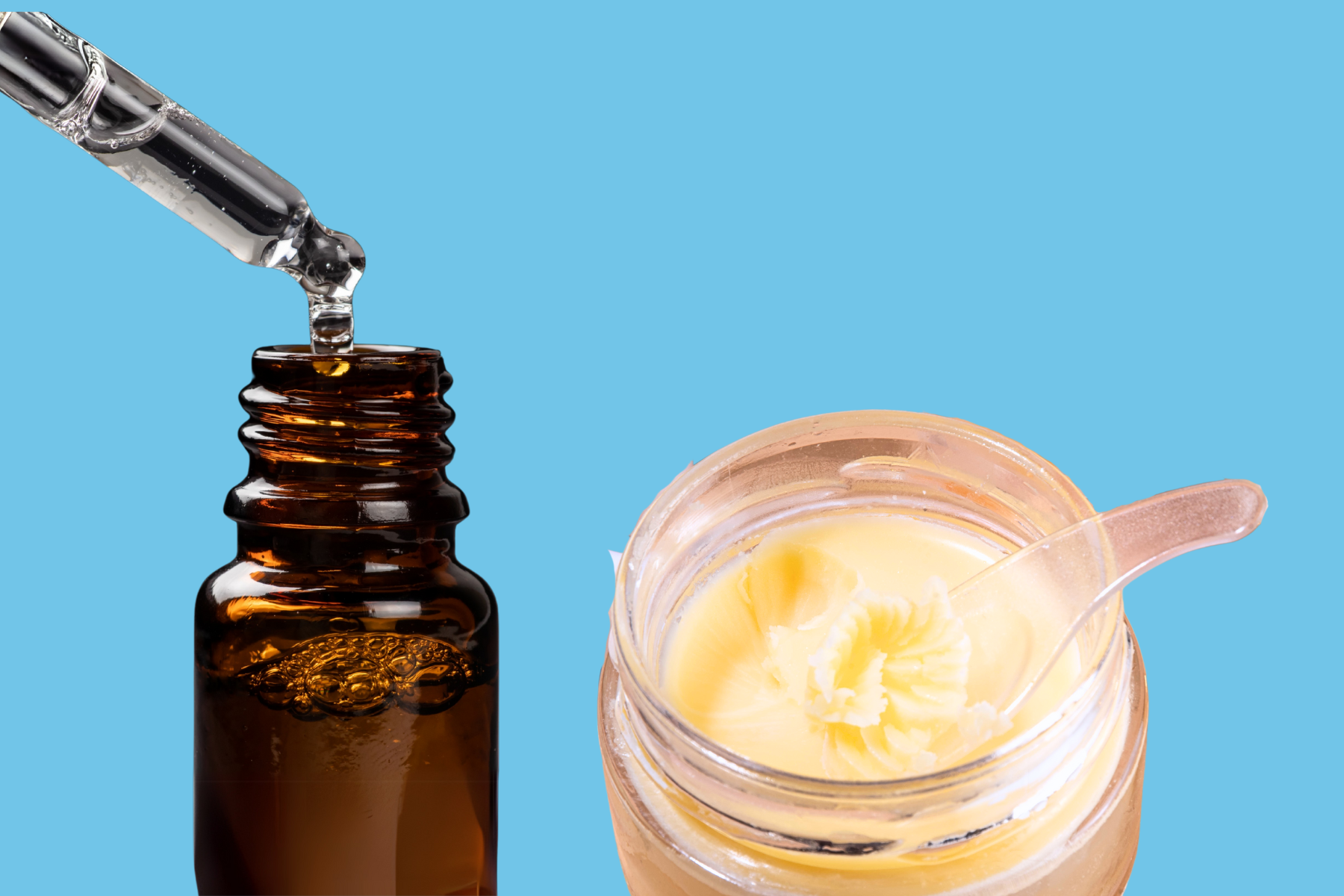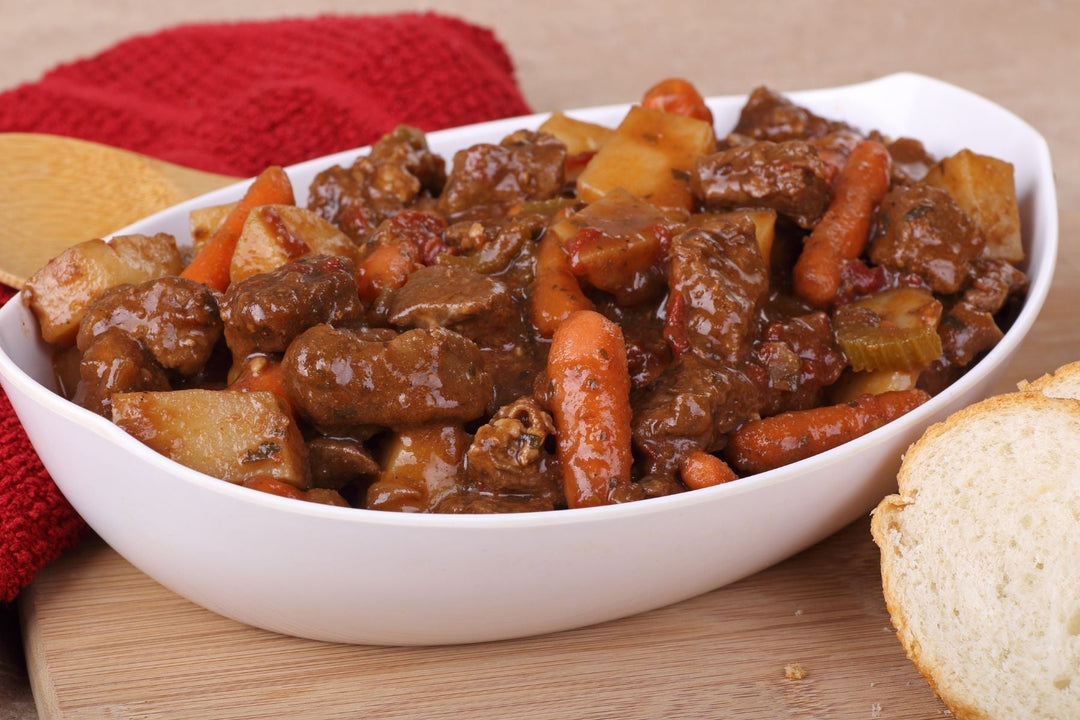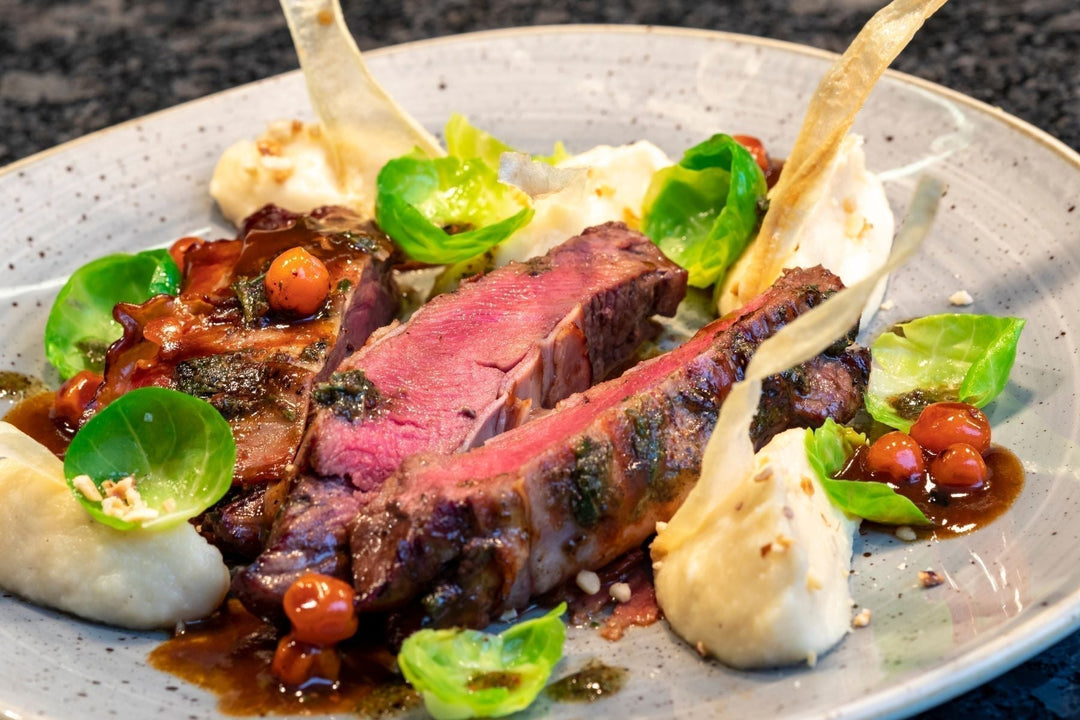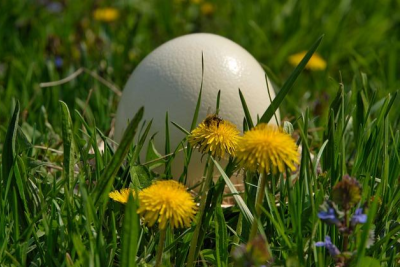In the world of natural skincare, animal-based fats are making a resurgence, with tallow and ostrich oil leading the way. Both have been used for centuries to nourish and protect the skin, offering deep hydration and essential nutrients. While tallow, derived from ruminant fat, is rich in fat-soluble vitamins and provides a thick barrier, ostrich oil is lightweight, fast-absorbing, and packed with anti-inflammatory omega fatty acids. Each has unique benefits, making them popular choices for those seeking effective, natural skincare solutions. But how do they compare, and which one is right for you? Let’s dive in.
COMPOSITION & FATTY ACID PROFILE
Tallow:
-
Primarily composed of saturated fats like palmitic and stearic acid, making it thick and waxy.
-
Contains monounsaturated oleic acid, which enhances absorption but still creates a rich, occlusive layer.
-
High in fat-soluble vitamins A, D, E, and K, which help with skin regeneration and repair.
-
Creates a barrier effect, preventing moisture loss but taking longer to penetrate the skin.
Ostrich Oil:
-
High in monounsaturated fats, particularly oleic acid, which allows it to penetrate deeply and absorb quickly.
-
Exceptionally rich in omega-3, -6, and -9 fatty acids, making it naturally anti-inflammatory and beneficial for sensitive skin.
-
Penetrates more deeply into the skin due to smaller particle size, resulting in a lightweight, non-greasy feel that mimics human sebum (your skin’s natural oil) more closely than tallow.
-
Naturally rich in linoleic acid, which helps balance oil production—great for acne-prone and oily skin.
Key Difference: Tallow is higher in saturated fats, making it thicker and more protective, while ostrich oil is higher in omega fatty acids, allowing for deeper penetration and faster absorption.
ABSORPTION & TEXTURE
Tallow:
-
Thick, dense, and balm-like, with a slow absorption rate.
-
Leaves a noticeable layer on the skin, which is great for sealing in moisture but may feel heavy.
-
Works well in creams and balms for very dry, chapped skin but might be too thick for oily or acne-prone skin.
Ostrich Oil:
-
Silky, ultra-light, and fast-absorbing, sinking in within minutes.
-
Feels lightweight and breathable, with no greasy residue.
-
Can be used as a standalone facial oil, unlike tallow, which is better in thick creams or salves.
Key Difference: Tallow sits on top of the skin longer, while ostrich oil quickly penetrates, leaving a non-greasy, soft finish.
SKIN BENEFITS & SUITABILITY
Tallow:
✔️ Best for extremely dry, chapped, or mature skin
✔️ Provides a long-lasting moisture barrier, making it great for harsh weather conditions
✔️ Supports wound healing and skin repair with fat-soluble vitamins
✔️ Works well in body butters, balms, and heavy creams
🚫 Not ideal for acne-prone skin, as it can feel heavy and may clog pores
🚫 Takes time to absorb, which some people find greasy
Ostrich Oil:
✔️ Best for sensitive, acne-prone, and inflamed skin
✔️ Naturally anti-inflammatory, helping with redness, eczema, and psoriasis
✔️ Won’t clog pores, making it great for all skin types, even oily skin
✔️ Lightweight, making it versatile for face, body, and even scalp care
🚫 Less occlusive than tallow, so it might not be enough for extreme dryness on its own
🚫 Less common to find in stores due to relative scarcity
Key Difference: Tallow is great for heavy-duty moisture retention, while ostrich oil excels at soothing, lightweight hydration and skin balance.
SHELF LIFE & STABILITY
Tallow:
-
Extremely stable due to its high saturated fat content.
-
Can last years if stored properly.
Ostrich Oil:
-
Best kept in dark or opaque, airtight containers.
-
Can last years when properly refined and stored properly.
WHICH ONE SHOULD YOU CHOOSE?
Those with sensitive or acne-prone skin may find ostrich oil more suitable, as it won’t clog pores and helps calm irritation. On the other hand, tallow can be a good option for cracked, dry, or mature skin that needs a strong protective barrier. Ultimately, the best choice depends on your skin’s unique needs, but both ingredients offer powerful, natural solutions for healthy, hydrated skin.
